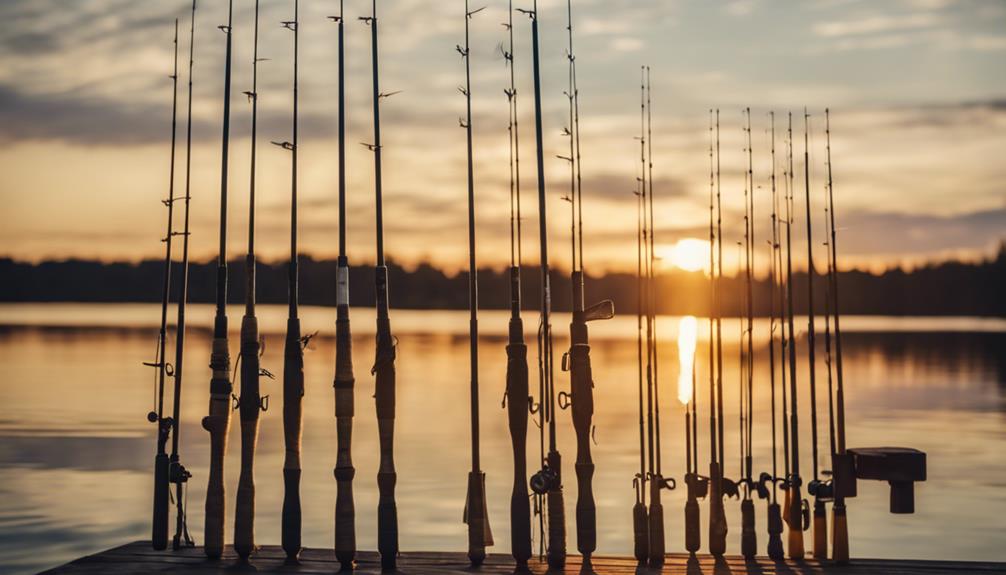Fly fishing is a unique and rewarding experience, requiring specialized equipment and techniques. One crucial component of this gear is the fly fishing leader. Understanding the intricacies of fly fishing leaders can greatly enhance your fishing success and overall enjoyment. In this comprehensive guide, we will delve into the importance of fly fishing leaders, the different types available, and how to choose the right one for your fishing adventures.
What is a Fly Fishing Leader? Understanding the Basics
A fly fishing leader is an essential piece of gear that connects your fly line to the fly itself. Typically made from nylon or fluorocarbon materials, the leader is designed to provide a smooth transition between the thick fly line and the delicate fly. Its primary function is to provide invisibility in the water, allowing the fly to present naturally, which is crucial for catching fish. The leader’s length, diameter, and material can vary, making it essential for anglers to select the right leader for their specific fishing conditions.
The Importance of Choosing the Right Fly Fishing Leader
Selecting the appropriate fly fishing leader can significantly impact your success on the water. A poorly chosen leader can result in spooked fish or failed hook sets. Factors such as water clarity, fish species, and the type of fly being used all play a role in leader selection. A well-chosen leader can provide the right balance of strength, flexibility, and invisibility, ultimately improving your chances of landing that prized catch.
Types of Fly Fishing Leaders: A Comprehensive Overview
Fly fishing leaders come in various types, each designed for specific fishing conditions. The two primary categories are tapered leaders and straight leaders. Tapered leaders are the most commonly used, featuring a thicker butt section that gradually tapers to a thinner tip. This design allows for better casting and turnover, making it easier to present your fly delicately. Straight leaders, on the other hand, are less common but can be useful for specific techniques and situations, such as when fishing in heavy cover or using larger flies.
Understanding Leader Length: How It Affects Your Fishing
Leader length is another critical factor to consider when fly fishing. Typical leader lengths range from 7.5 to 12 feet, with longer leaders providing a more delicate presentation and shorter leaders offering increased control and strength. In clear water conditions, longer leaders can help avoid spooking fish, whereas shorter leaders may be more suitable for fishing in windy conditions or when using larger flies. Adjusting your leader length based on fishing conditions can significantly enhance your overall effectiveness.
Choosing the Right Tippet: A Key Component of Your Fly Fishing Leader
The tippet is the final section of the leader that connects to the fly. It is crucial to select the right tippet material and size, as it directly affects your ability to catch fish. Tippet materials come in various strengths, typically measured in pound test, and can be either nylon or fluorocarbon. Fluorocarbon tippets are less visible underwater and offer greater abrasion resistance, making them ideal for clear water conditions. Understanding the strengths and weaknesses of different tippet materials is essential for optimizing your fly fishing leader setup.
How to Tie a Proper Fly Fishing Leader: Step-by-Step Instructions
Tying a fly fishing leader correctly is essential for ensuring a strong and reliable connection between your fly line, leader, and fly. Start by cutting your leader material to the desired length, then tie on your tippet using a knot like the double surgeon’s knot or the improved clinch knot. Ensure that the knot is secure and trimmed properly to reduce drag. Following these steps will help create a robust leader setup that can withstand the challenges of fly fishing.
Common Mistakes to Avoid When Using Fly Fishing Leaders
Even experienced anglers can make mistakes when it comes to using fly fishing leaders. One common error is using a leader that is too thick, which can spook fish in clear water. Another mistake is failing to replace worn or damaged leaders, which can result in lost fish. Additionally, neglecting to match the leader and tippet size to the fly being used can lead to poor presentations. By being aware of these common pitfalls, you can ensure a more successful and enjoyable fly fishing experience.
Conclusion: Elevate Your Fly Fishing Game with the Right Leader
In conclusion, understanding the role of fly fishing leaders is vital for any angler looking to improve their skills. By choosing the right leader, tippet, and understanding how to tie them correctly, you can enhance your fishing success. Whether you are targeting trout in a pristine mountain stream or chasing bass in a local lake, a well-constructed fly fishing leader can make all the difference. Embrace the nuances of fly fishing leaders, and you’ll elevate your fishing game to new heights. Happy fishing!
